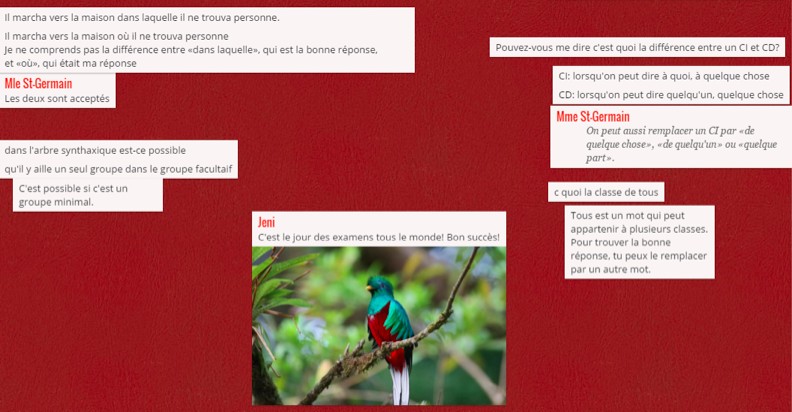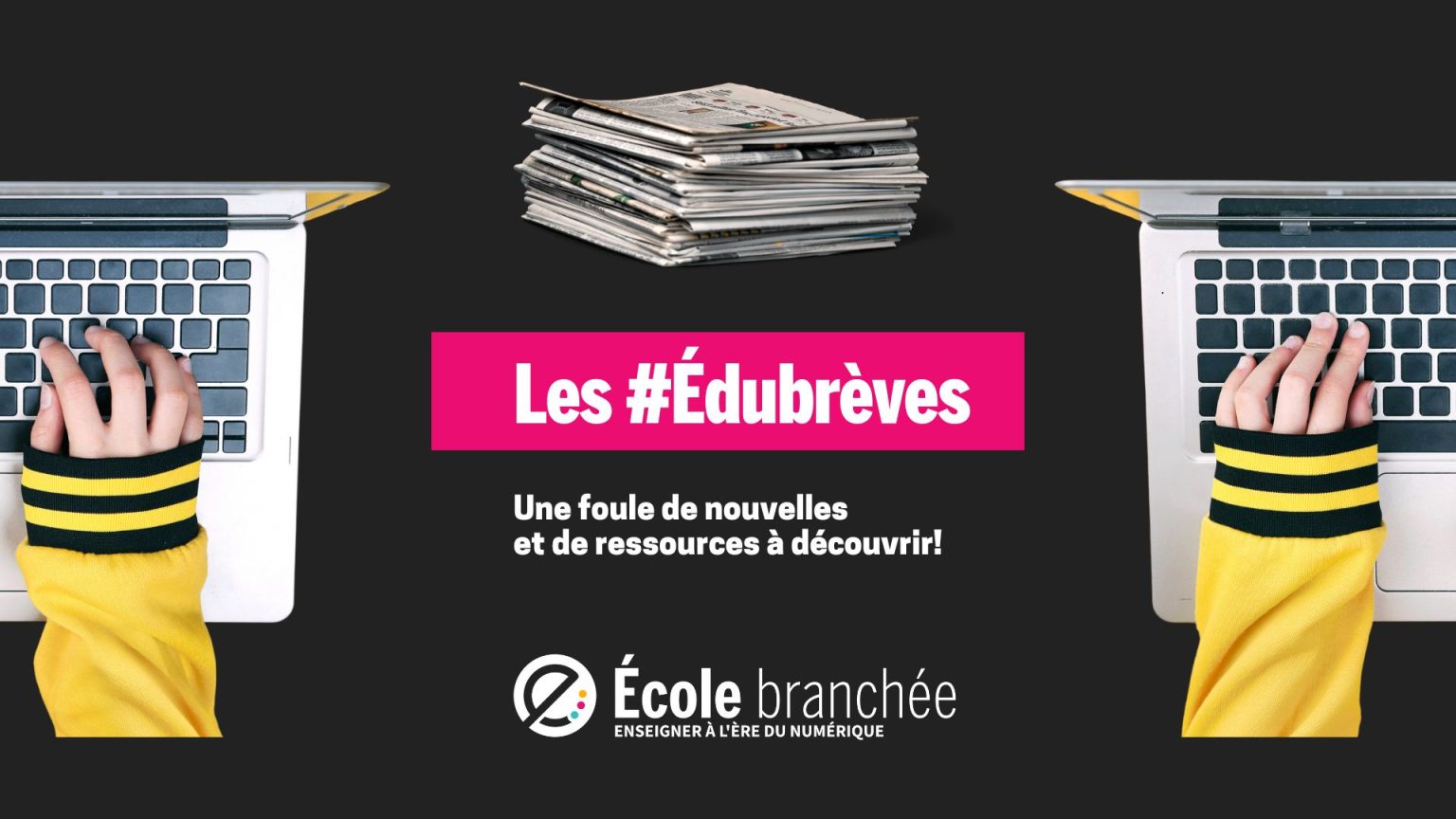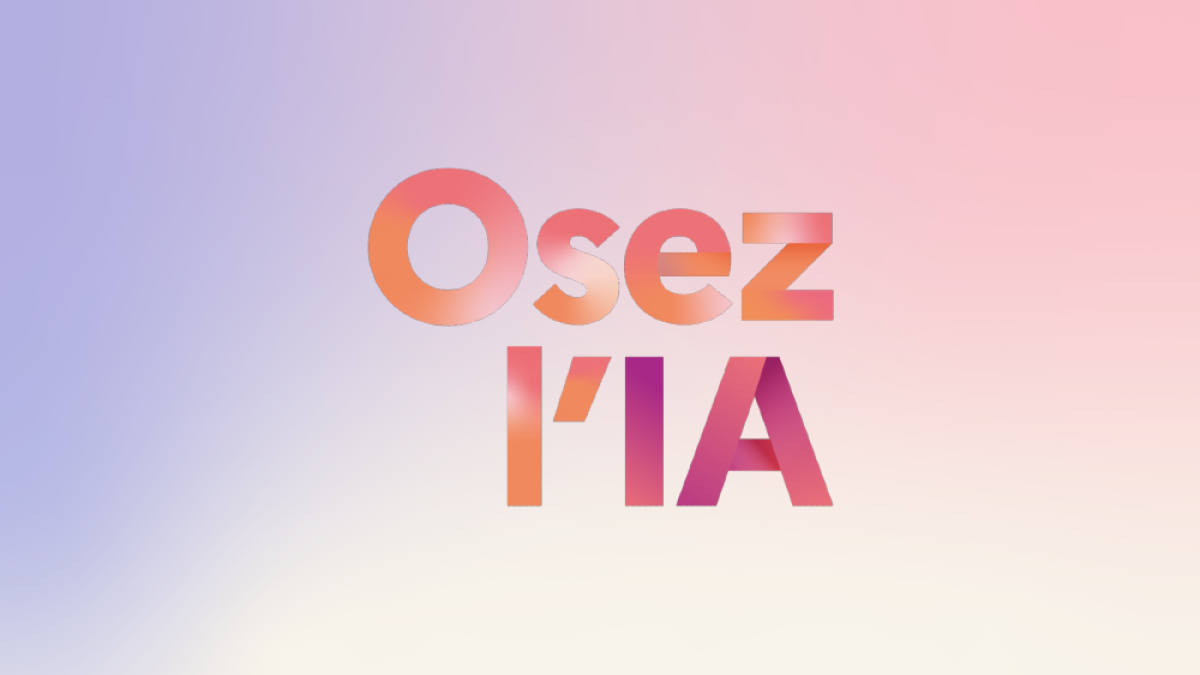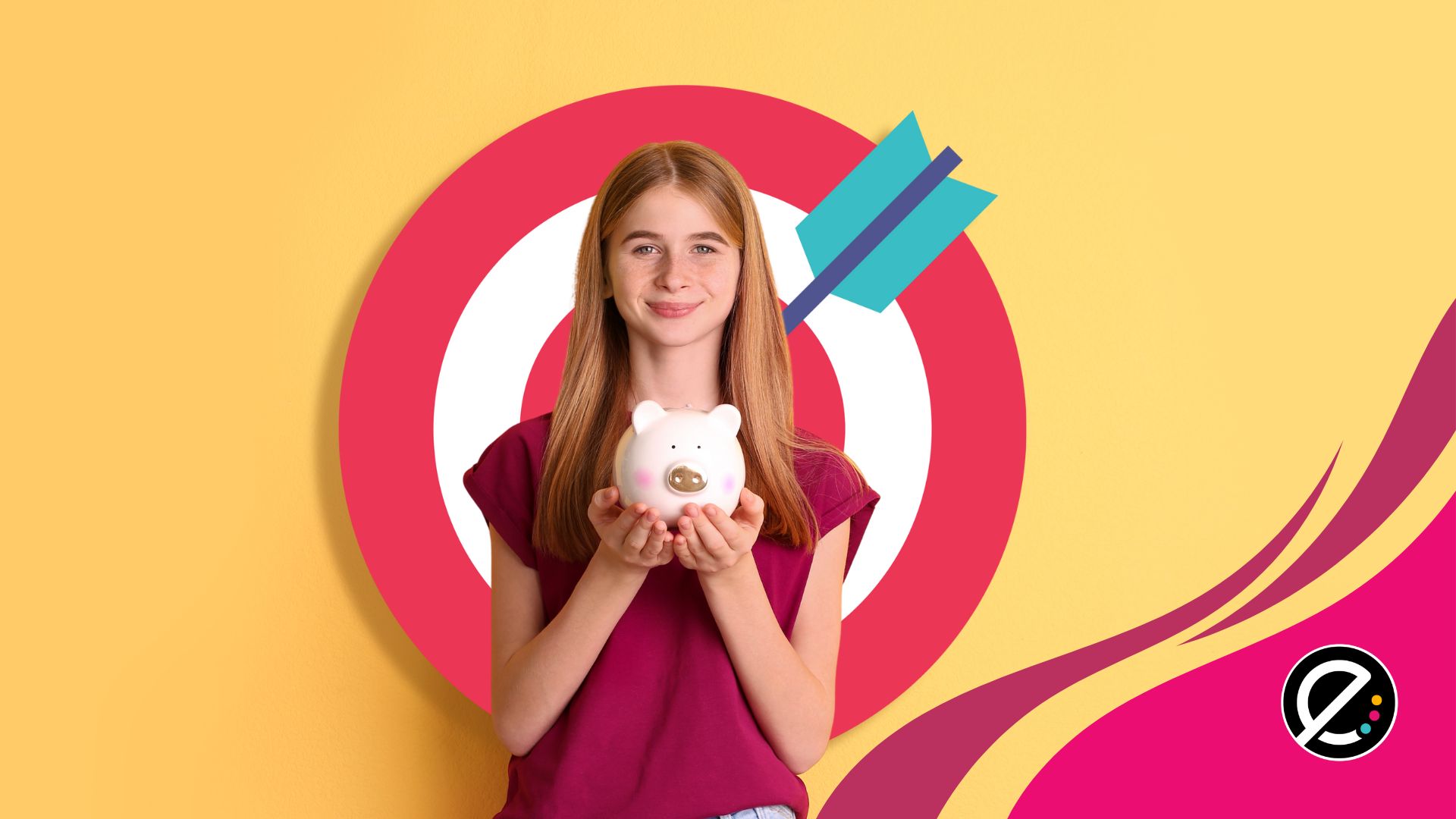par Jean Desjardins et Isabelle Senécal, Collège Sainte-Anne
Des enseignants du Collège Sainte-Anne partagent leurs stratégies gagnantes afin de soutenir leurs élèves dits « du tiers faible », sans pour autant baisser leurs attentes envers les autres. Aujourd’hui, on découvre une stratégie partagée par Gabrielle St-Germain, enseignante de français.
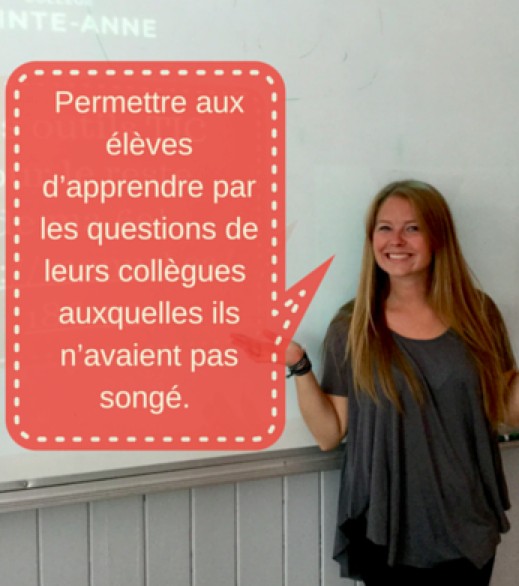 « On peut permettre aux élèves d’apprendre par les questions de leurs collègues auxquelles ils n’avaient pas songé », estime Gabrielle St-Germain, enseignante de français. Comme Marie-Hélène Simard, dont nous avons parlé récemment, elle profite du moment sensible des évaluations pour inculquer aux élèves un sentiment de responsabilité entre eux.
« On peut permettre aux élèves d’apprendre par les questions de leurs collègues auxquelles ils n’avaient pas songé », estime Gabrielle St-Germain, enseignante de français. Comme Marie-Hélène Simard, dont nous avons parlé récemment, elle profite du moment sensible des évaluations pour inculquer aux élèves un sentiment de responsabilité entre eux.
Pour ce faire, elle opte pour la création d’un espace collaboratif réunissant les apprenants et l’enseignant(e) dans un outil Web efficace comme Padlet, par exemple. Ceci s’avère alors très favorable, en particulier pour les élèves du « tiers faible ». Nous savons que les élèves s’entraident déjà informellement dans les réseaux sociaux et par textos. Cependant, il est probable que cette aide ne soit pas également dispensée. De plus, comme l’enseignant(e) se trouve exclu(e) de ces échanges, il ou elle ne peut pas autant soutenir ses élèves.
Les principes de la stratégie :
- En prévision d’une évaluation, on crée un espace public d’entraide numérique.
- Tous les élèves peuvent lire les questions et les réponses de leurs collègues comme de l’enseignant.
- Le rôle de l’enseignant est de superviser l’entraide en validant les connaissances et les stratégies partagées.
- Les questions des élèves discrets peuvent demeurer anonymes.
Plus-value pour le tiers faible :
- L’occasion de s’entrainer.
- L’entraide entre élèves est mieux dispensée.
- Développement de stratégies métacognitives.
- Présence sociale et présence enseignante.
- Un outil de collaboration efficace.
Outils et ressources :
- Les tableaux collaboratifs de Padlet.com
- Une variante dans ChallengeU est aussi envisageable.
Pour en savoir plus : http://sainte-anne-technopedagogique.weebly.com/lespacedecours#entraide
